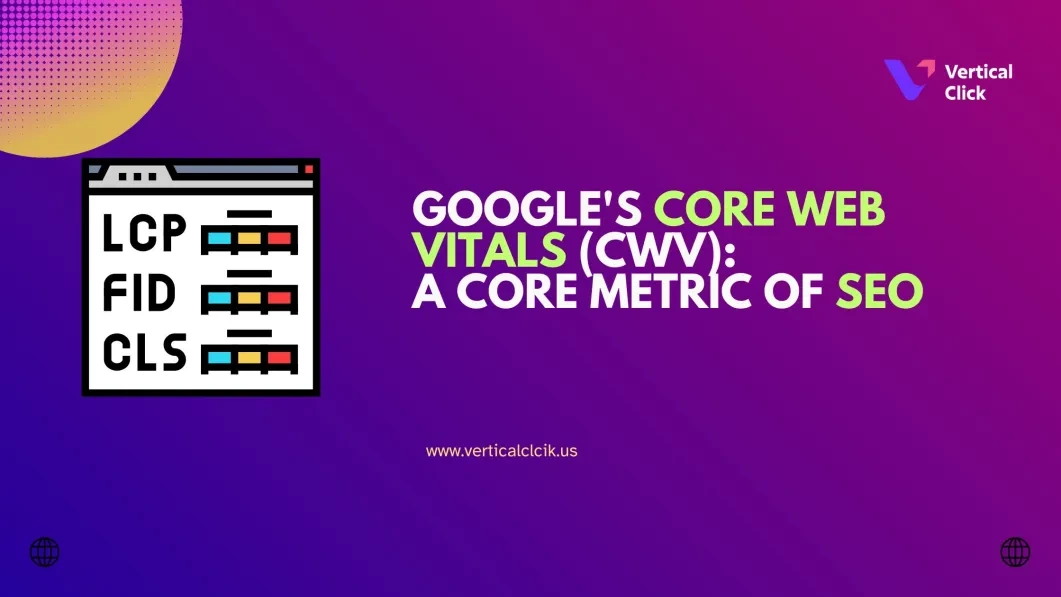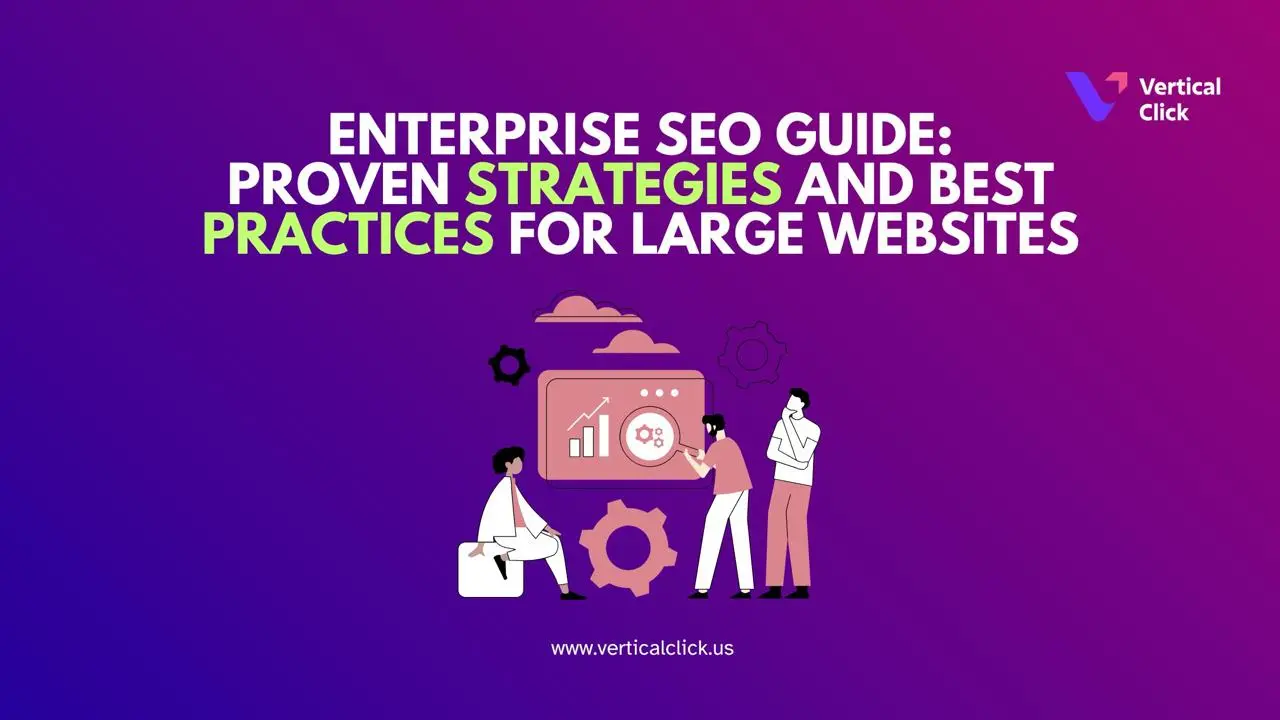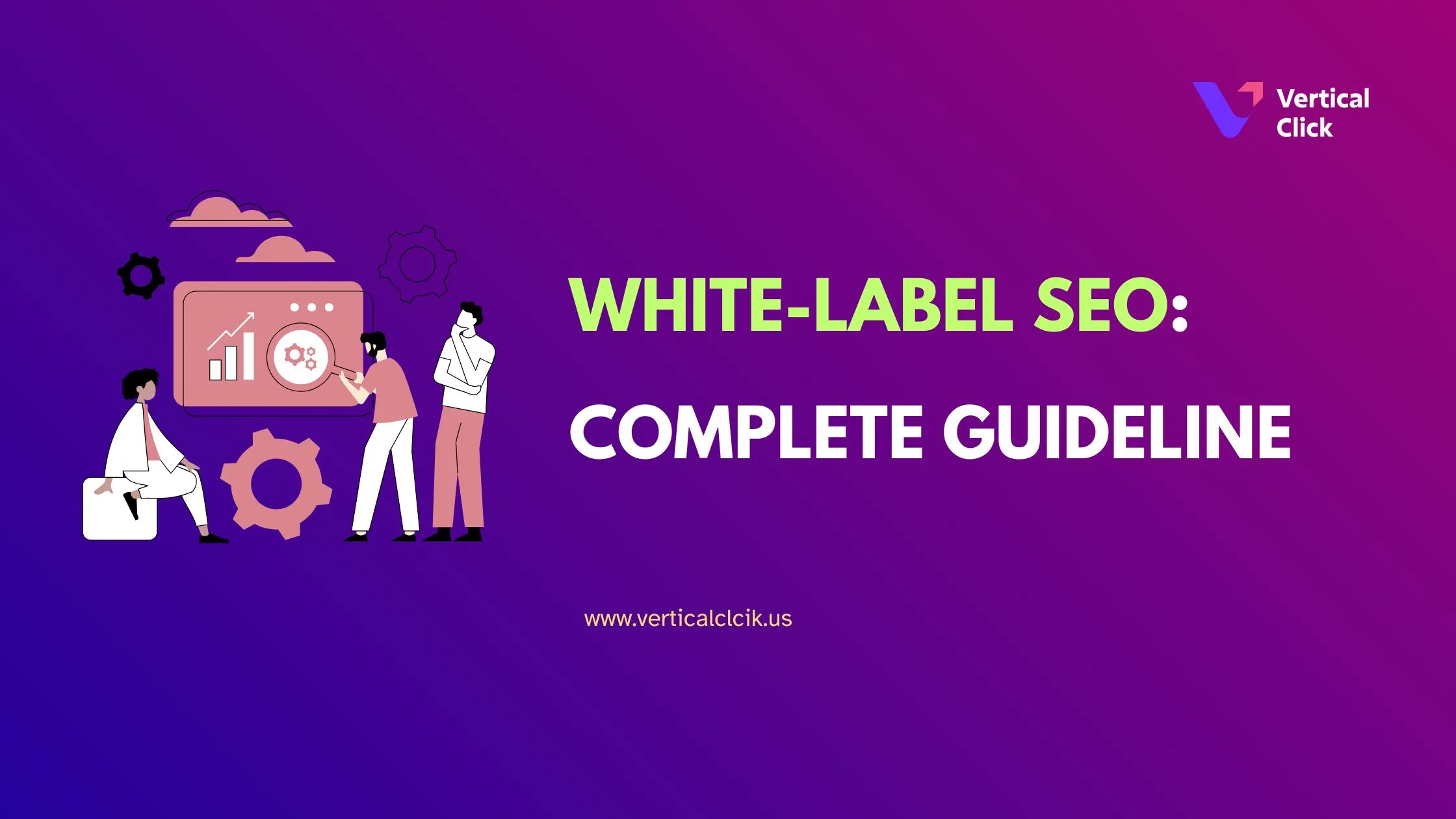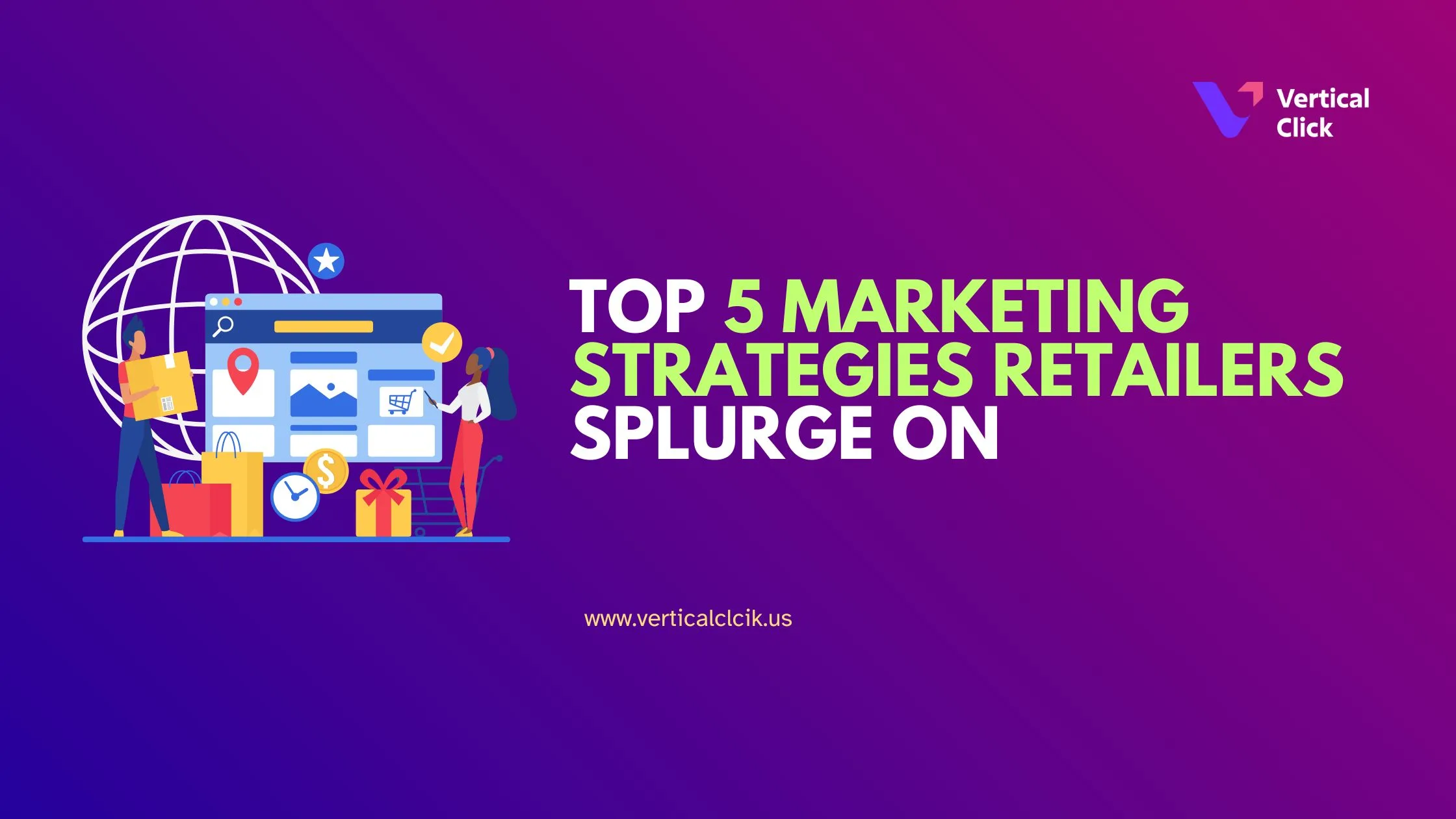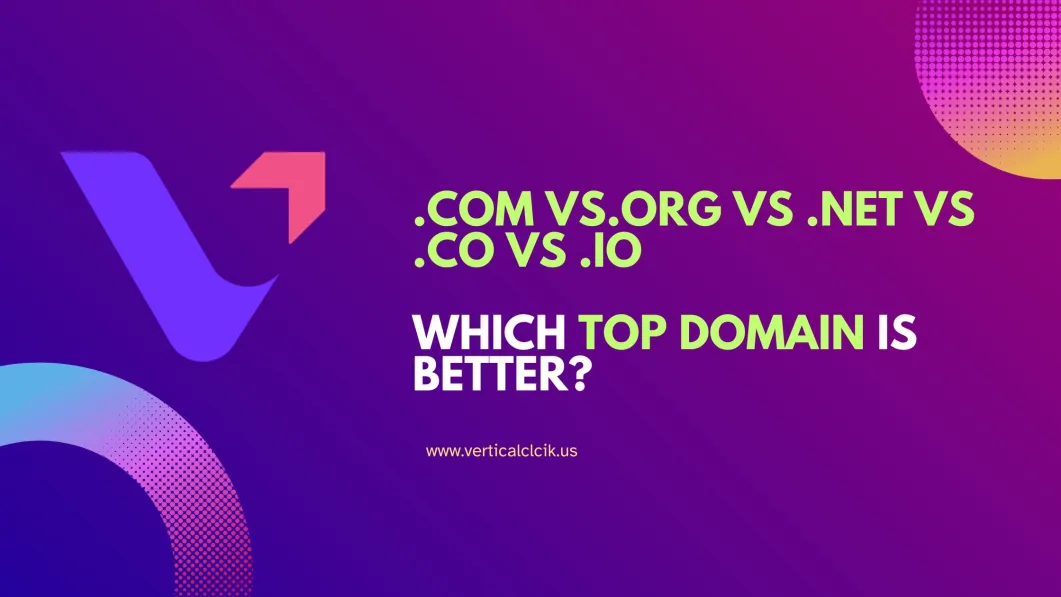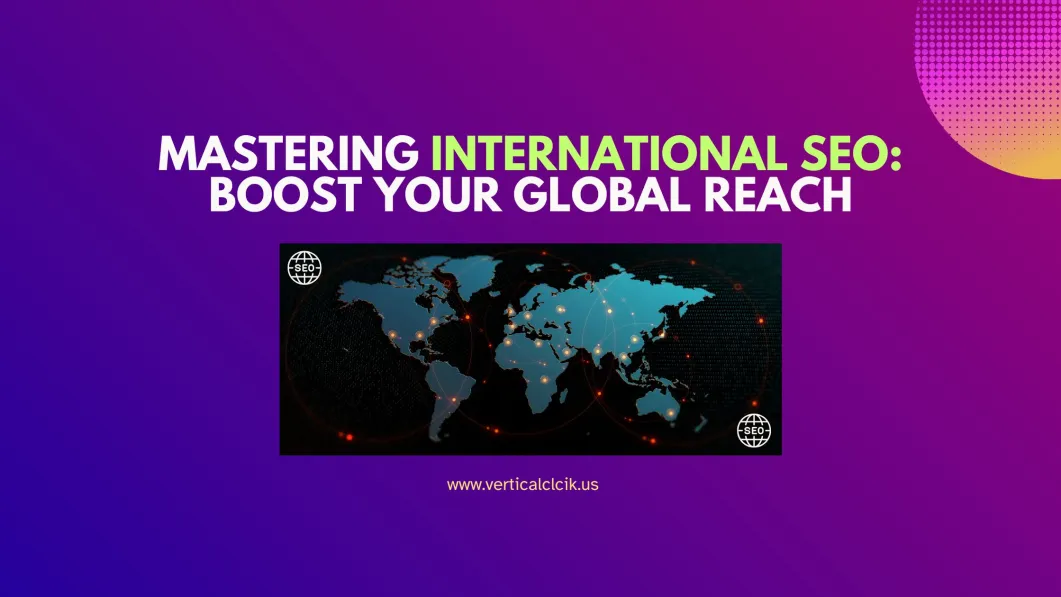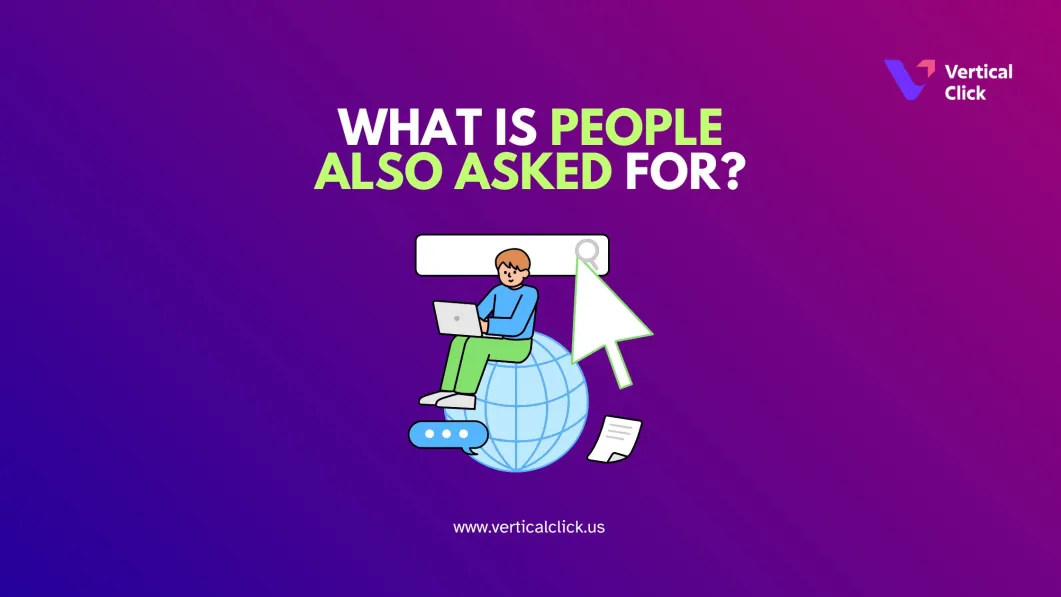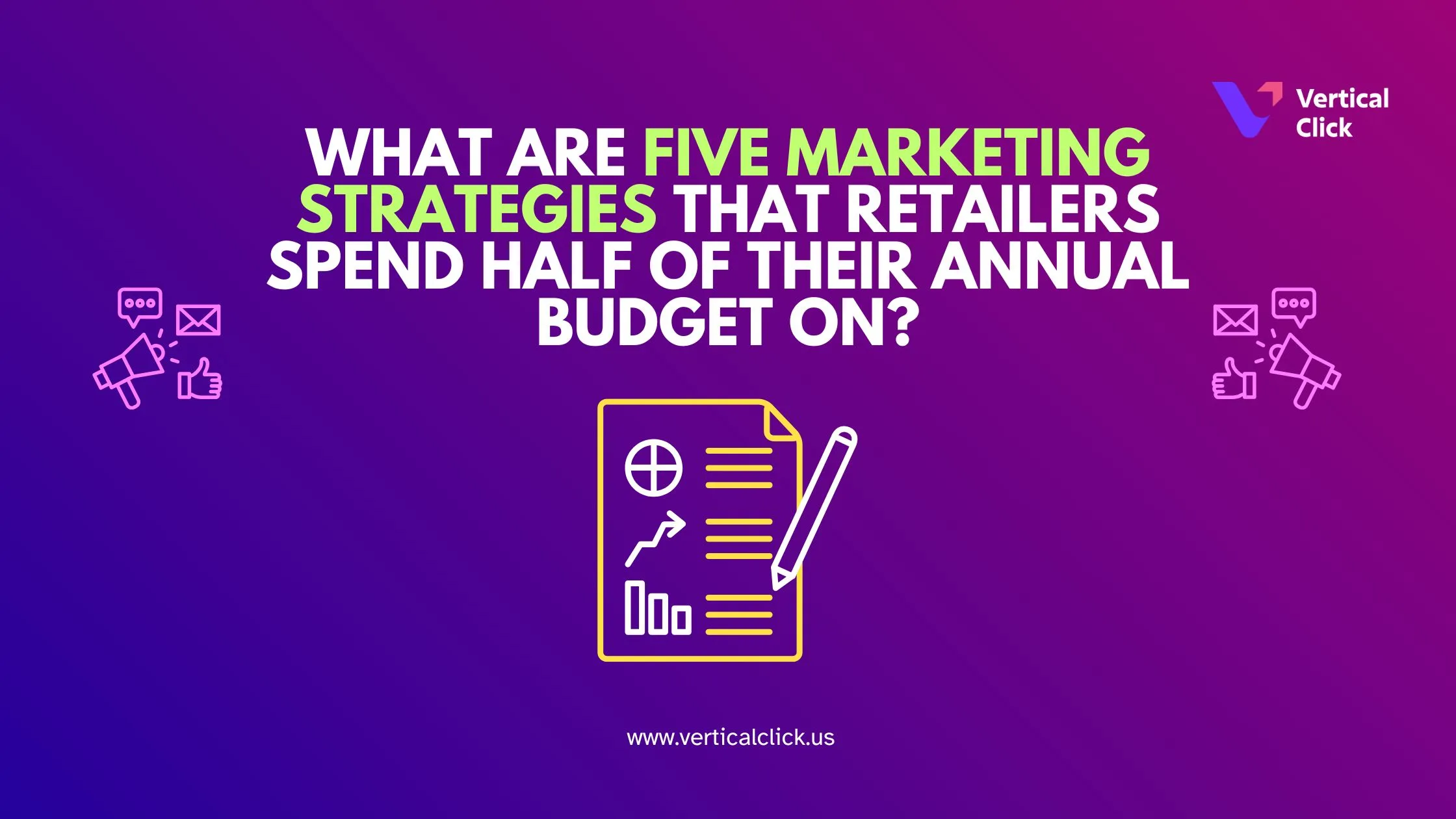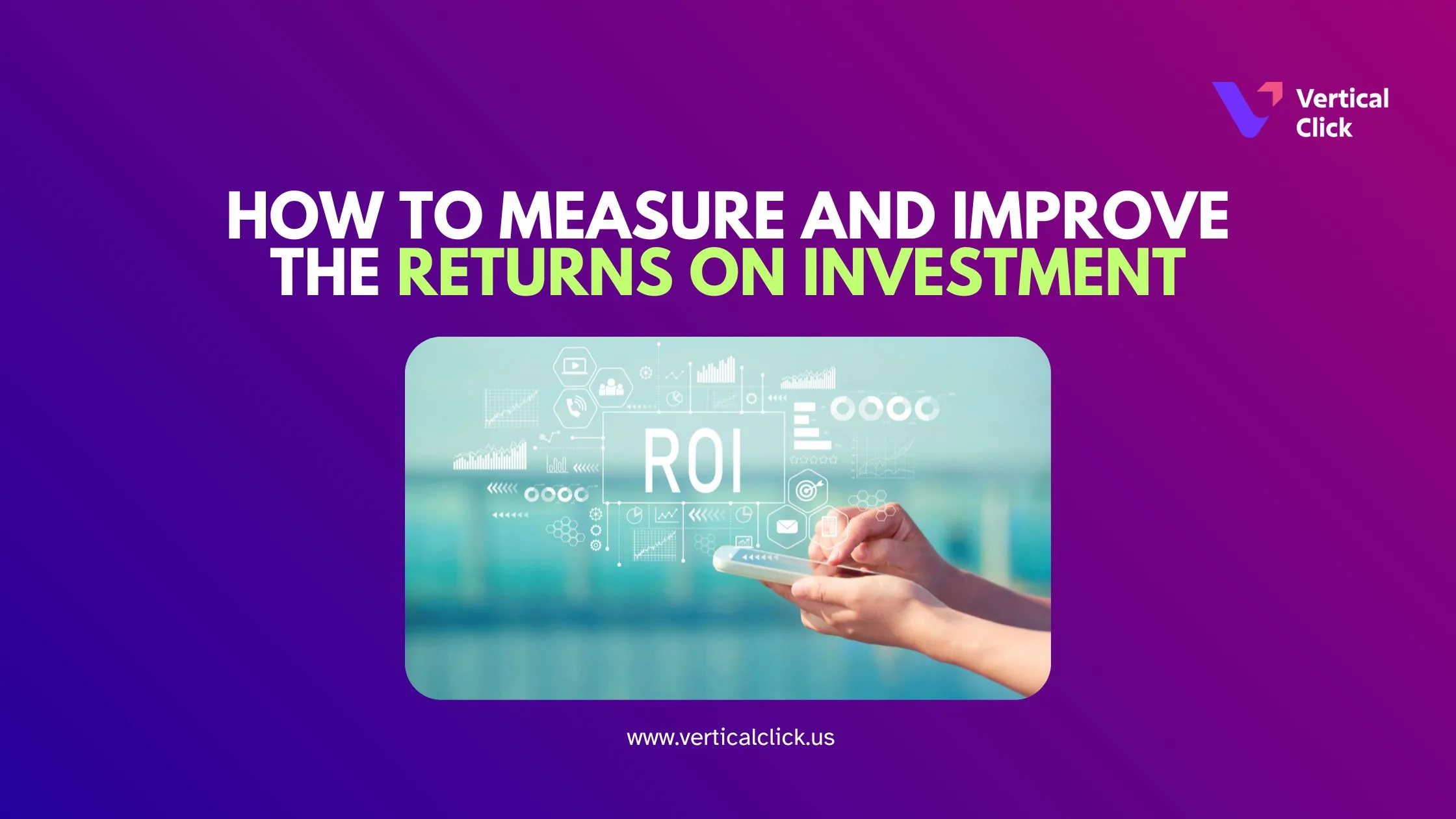Search engine algorithms have become far more sophisticated in analyzing how user experience factors into perfect keywords and backlinks. Google has implemented Core Web Vitals to assess how users perceive a web page’s performance, making them one of the primary SEO ranking factors. A website that does not meet the Core Web Vitals standards is likely to receive low rankings, regardless of its strong content or backlink profile.
This article will define Core Web Vitals, explain why they are important for SEO and how they are measured, and offer actionable steps for improvement.
What are Core Web Vitals?
Core Web Vitals are a set of performance-measuring metrics that were introduced by google for the purpose of measuring some essential parts of user experience while on a webpage. It also includes other types of metrics under Google’s Page Experience update, and it focuses on three important areas.
Largest Contentful Paint (LCP)
- It measures: Loading Performance
- Ideal target: 2.5 seconds or faster
- Explanation: LCP measures the time it takes for the largest visible content (like an image or block of text) to load on the screen.
First Input Delay (FID)
- It measures: Interactivity
- Ideal target: Less than 100 milliseconds
- Explanation: FID determines how quickly a page responds when a user interacts with it for the first time.
Cumulative Layout Shift (CLS)
- It measures: Visibility stability
- Ideal target: Less than 0.1
- Explanation: CLS is a measure of how much the layout shifts while loading a page-this can lead to an unpleasant experience. These comprise the Core Web Vitals, and they have been officially included in Google’s ranking algorithm.
Why Do Core Web Vitals Matter for SEO?
Google wants to ensure a smooth experience for users: responsive and highly engaging experiences. By integrating Core Web Vitals into ranking signals, Google rewards performance from a user-centric perspective.
What are the important metrics for SEO?
- Direct Effect on a Ranking: Core Web Vitals are part of the Page Experience signal, and a poor performance on these metrics will see a drop in the ranks.
- Retain Users Better: Faster, more stable websites enjoy lower bounce rates and longer session durations, which benefit indirectly from SEO.
- Mobile-First Indexing: All traffic-silaging on mobile makes Core Web Vitals ensure that your site is performing to its best on all devices.
Basically, improving the Core Web Vitals performance is not just good practice; it is the foundation of search visibility.
How to Measure Core Web Vitals
There is no guessing when it comes to how your site performs. Google offers a myriad of tools to help you track and optimize Core Web Vitals:
- PageSpeed Insights: It shows diagnostics and suggestions for improvements.
- Lighthouse: A Chrome extension for auditing performance, accessibility, and SEO.
- Chrome User Experience Report: Real-user data collected for your site.
- Web Vitals Chrome Extension: A quick way to view vitals in your browser.
Each has field and lab data that presents a full picture regarding real-world performance and potential issues.
How to Improve Your Core Web Vitals
There are technical and design optimization areas to work on with improving Core Web Vitals. Here are suggestions on how to deal with each metric:
Improvement in LCP (Loading Speed):
- Optimizing and compressing images.
- Using modern image formats (WebP and AVIF).
- Implement server-side rendering and a content delivery network (CDN).
- Minimizing render-blocking resources (CSS and JavaScript).
- Improving FID (Interactivity):
Core Web Vitals are the Future of SEO
According to Google, Core Web Vitals will continue to evolve. New additional metrics might be included, and some established ones could be fine-tuned. In future SEO battles, your website will remain relevant if you stay up to date with changes and maintain healthy Core Web Vitals.
Conclusion
Core Web Vitals is no longer an abstract term in technical terms; they now make up a core metric of SEO, which can either make or break the visibility of a website in search results. Load speed, interactivity, and visual stability not only please Google’s algorithms but also significantly improve the user experience, so every businessman, content creator, or SEO expert should prioritize these elements in their digital strategy.
